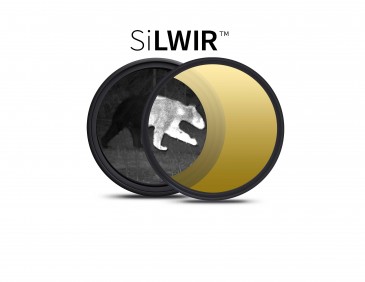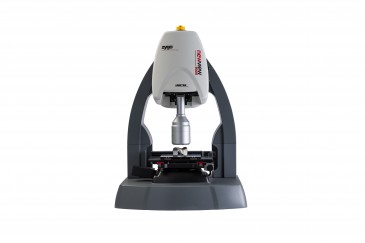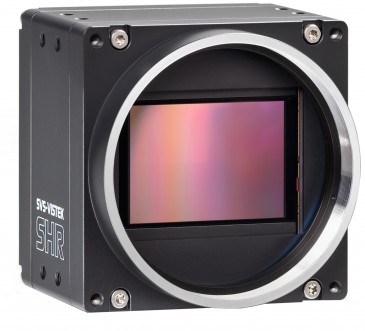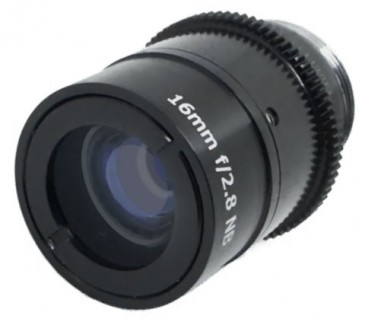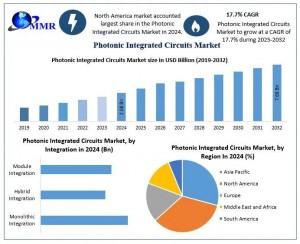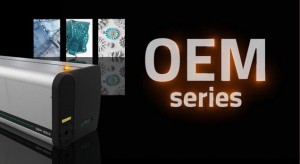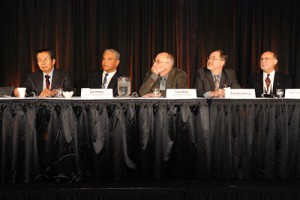
At Frontiers in Optics 2012/Laser Science XXVII, held this week in Rochester, New York, students, researchers and members of the optics industry attended in-depth conference sessions, exhibits, poster sessions and more. A Town Hall Discussion focused on the idea of joining together the voices in the markets and technologies that make up the "photonics" industry, so that the industry can move forward with a common message. The US National Academy of Sciences Report "Optics and Photonics: Essential Technologies for Our Nation" served as the basis for the discussion. The report, released in August by the Committee on Harnessing the Light, looks at the potential that optics and photonics will have on US economic advancement, noting as an example, the historic impact that came from the development of the laser.
The laser market has a great story to tell, but lasers tell just a chapter in the story that is the full optics, light and photonics industry.
According to a 2010 study conducted for the White House Office of Science and Technology Policy, the laser market for the transportation sector was $1 trillion in 2009-2010; $2.5 trillion in the biomedical sector; $4 trillion in telecom, e-commerce and IT. The laser market has a great story to tell, but lasers tell just a chapter in the story that is the full optics, light and photonics industry.
Rising significance of optics, light and photonics
At a time when some industries are struggling, stalling or dying, all of the markets within the umbrella of optics and photonics are rising with greater significance. According to Alan Willner (pictured here), Professor at the Communications Sciences Institute, University of Southern California and Co-Chair of the Committee on Harnessing Light, "In 1998 optics and photonics was starting to show how important it was, but now it has cemented itself." He noted in Time Magazine’s 50 Best Inventions of 2011, 12 out of the 50 were optics or photonics related. Clearly optics and photonics technology impact our daily lives in profound ways, but the Harnessing Light report calls for the industry to pull together as one and move forward with a common story to tell.
The Harnessing Light report calls for the industry to pull together as one and move forward with a common message.
As Willner stated, "If the US does not act with a strategic vision, further development will come from outside the US." Therefore, the committee is calling for a National Photonics Initiative to bring together industry, academia and government policymakers to develop an integrated approach to R&D spending and investments.
Tom Baer, Executive Director of the Stanford Photonics Research Centre and a Harnessing Light Committee Member said that such collaboration enables the industry to not repeat the mistakes of the past and that such an infrastructure will create dialogs and exposure that will enable funding. And he said that "The idea of providing road mapping strategies is enabling, yes, but also essential." By forming a National Photonics Initiative, collection and reporting of data would be standardized and would move forward a strategy for supporting long-term R&D through public and private investment. The committee believes that a federal initiative in optics and photonics would translate innovation into economic opportunity.
Photo: Panelists at OSA’s Town Hall event discussing the U.S. National Academy of Sciences’ Report: Optics and Photonics: Essential Technologies for Our Nation. The event was held at Frontiers in Optics 2012 in Rochester, N.Y. Left to right: Milton Chang (Incubic), Ed White (Edward White Consulting), Tom Baer (SPRC), Erik Svedberg (NAS), Larry Goldberg (NSF). Not pictured: Duncan Moore (University of Rochester).
Written by Anne Fischer, Managing Editor, Novus Light Technologies Today



































 Back to Blog
Back to Blog